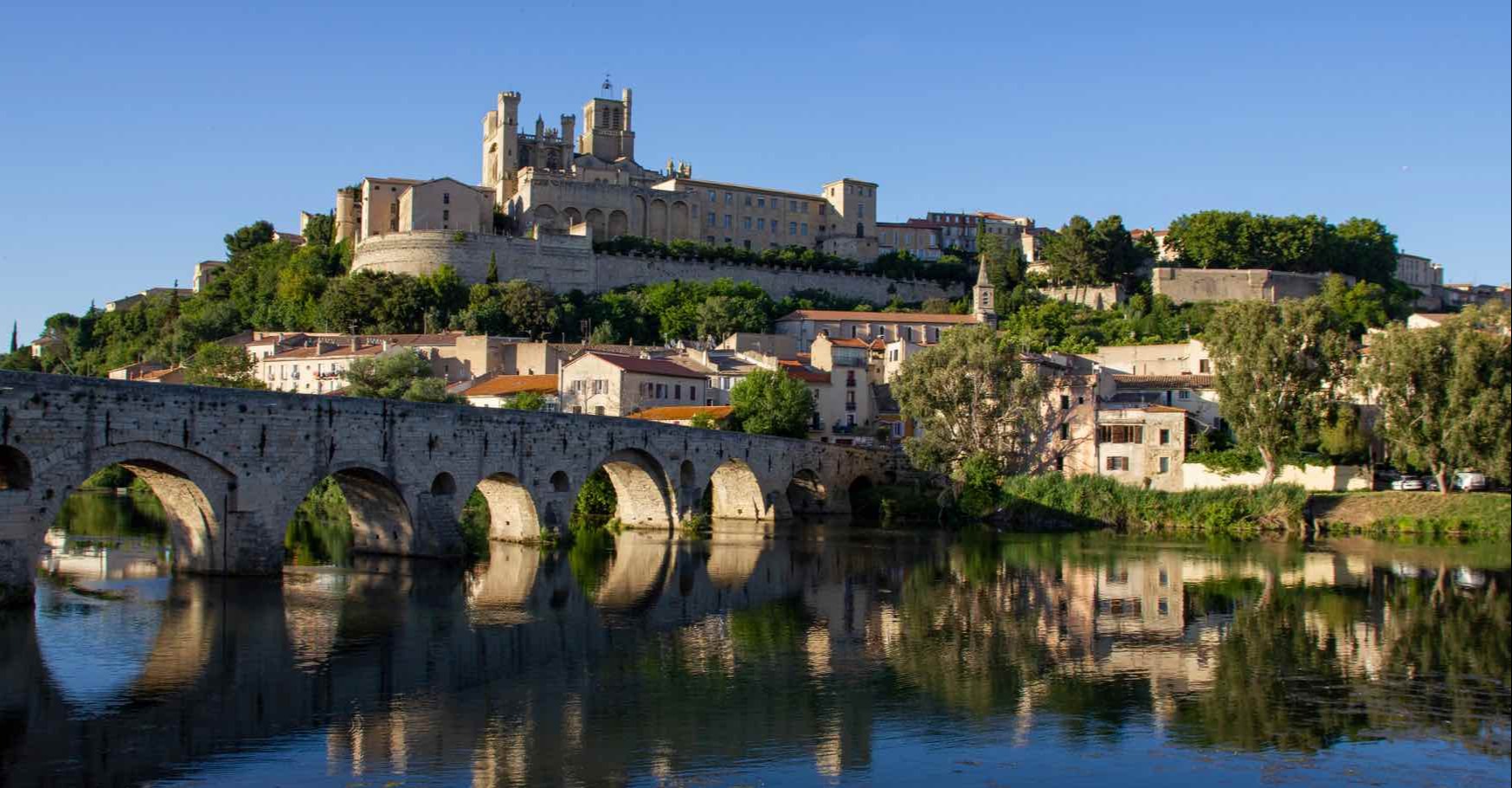Siege of Beziers and Toulouse
In the mid-twelfth century, a Christian dualist movement known as Catharism began gaining popularity in Southern Europe. Believed to have originated in the Byzantine Empire, its believers were known as Cathars. However, proponents of the beliefs were also known as Albigensians as Catharism’s original home base in Europe was the French city of Albi.
Though based in Christianity, Catharists held many gnostic beliefs, such as the rejection of the physical. Many of their beliefs also challenged the authority of the church, as they believed its authority was outweighed by personal spiritual knowledge.
Catharism’s growing popularity caught the attention of the Vatican. As their teachings contradicted Catholic Sacraments and challenged the Church’s power, Pope Innocent III put pressure on local papal organizations to crack down on the Albigensians. Eventually he had the Third Lateran Council rule that Albigensians should be imprisoned.
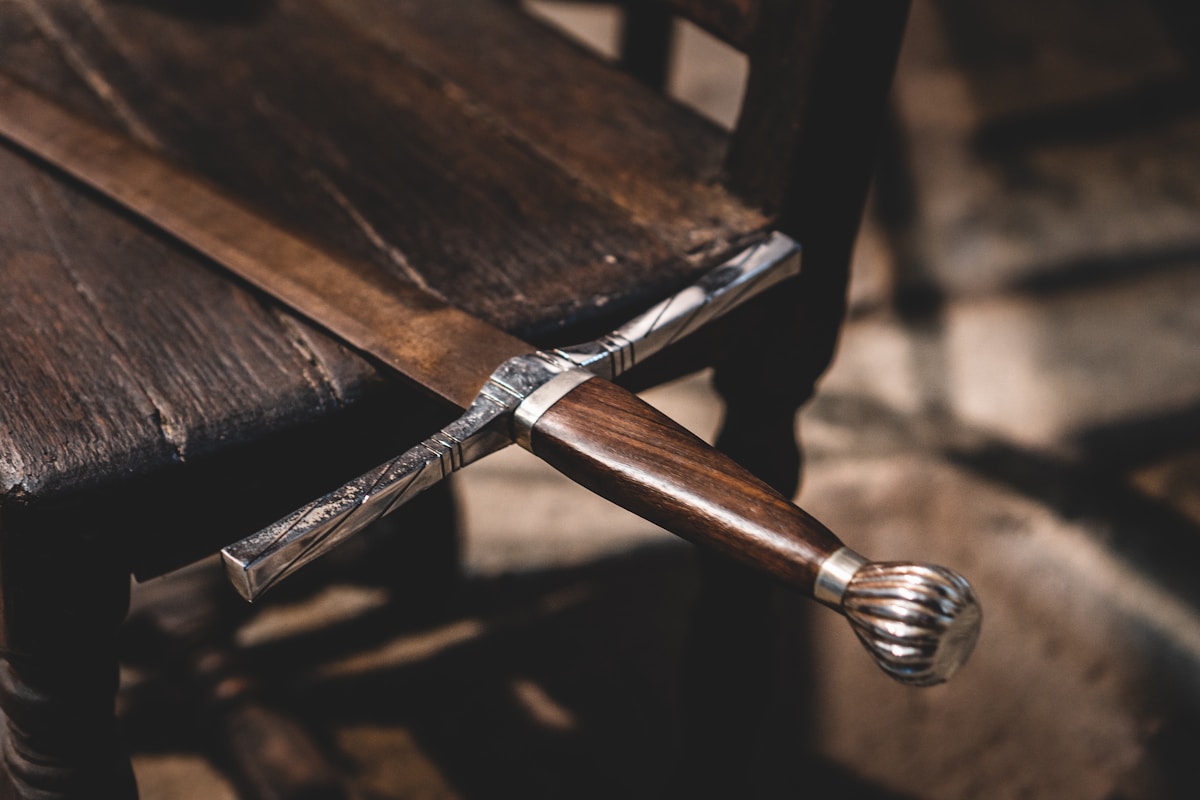
However, this did little to prevent the rise of Catharism. As retribution for the crackdown, the count of Toulouse Raymond IV, killed one of the Pope’s legates. The Pope was furious, and in 1209, he declared the beginning of the Albigensian Crusade. As an extra incentive, he offered the lands of the Cathars to whichever nobleman successfully won the crusade.
There were many aristocrats who answered the Pope’s call, some from as far as England. One nobleman in particular, the Abbot of Citeaux Arnaud Amalric, chose to send his combined force of knights and mercenaries to attack the Cathar stronghold of Béziers.
Amalric’s forces arrived at the city on July 21st 1209, and began preparing for a siege. Despite the town Bishop’s best attempts, the crusaders would not agree to a truce. The next day, before the crusader army had finished preparing the siege, a group of armed men from the town made a sortie, harassing pilgrims that had travelled with the army. After the crusaders realized they had a massive numbers advantage, they counterattacked.
Because of the sortie, the city’s gate had been left open, and thus the crusading army took advantage of the chaos to breach the city’s walls. Thousands of armed mercenaries rushed into the city, with but one chilling order from Amalric: “Kill them all. God will know his own.”
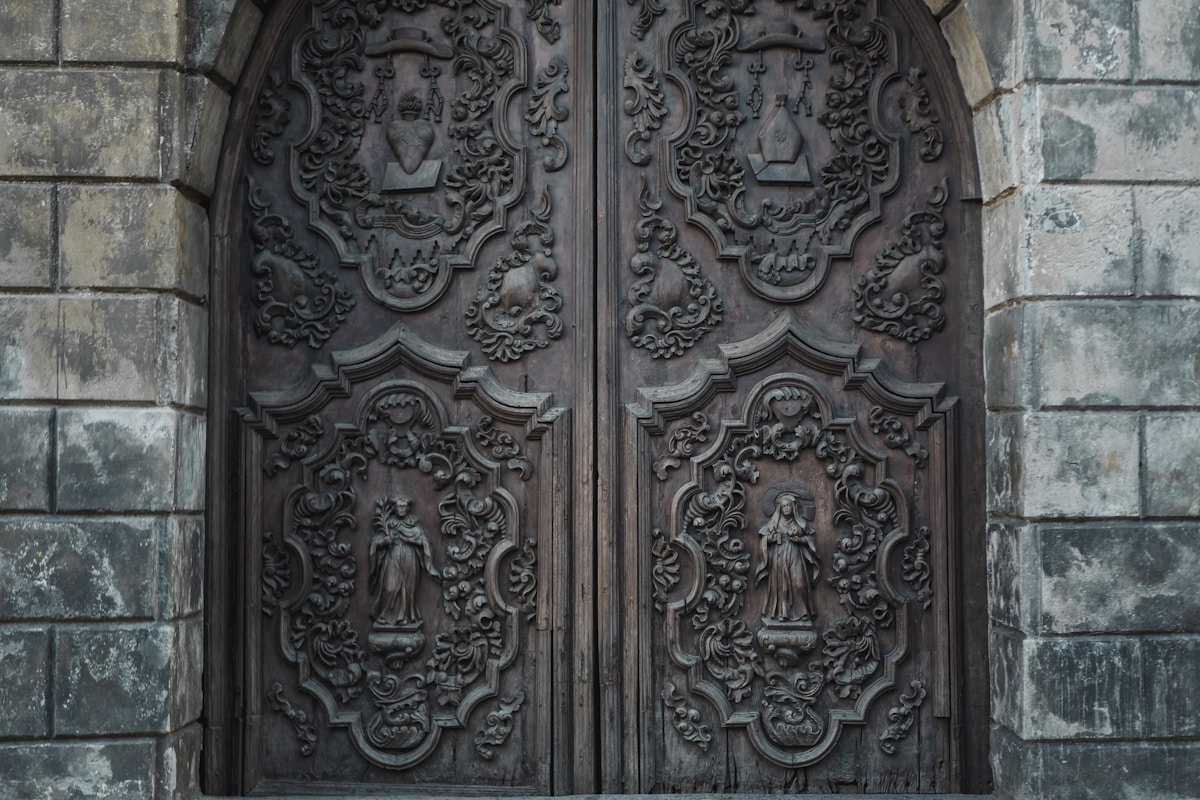
The army took this order literally. The Cathars gathered in churches in hope that the crusaders would not kill there, but this would not stop the mercenaries. The mercenaries who broke into the town were killing everybody they could find, pillaging the town as they went. When the knights began entering Béziers en masse, they did little to stop the murder, instead choosing to take the loot for themselves. All in all, almost everybody in the town of 20,000 was slaughtered.
Word of the massacre spread rapidly. Many Cathar towns and cities surrendered immediately for fear that a similar event would befall them. The crusading army continued to advance, taking two of the largest Alibegensian controlled cities, Carcassonne and Toulouse, as well as multiple smaller towns and castles.
However, in 1215, the Pope began calling for another crusade in the Middle East. This led to vast numbers of knights leaving the Albigensian Crusade to fight for Jerusalem. The commander of the Albigensian Crusade, Simon de Monfort, tried to replace the knights with more mercenaries.
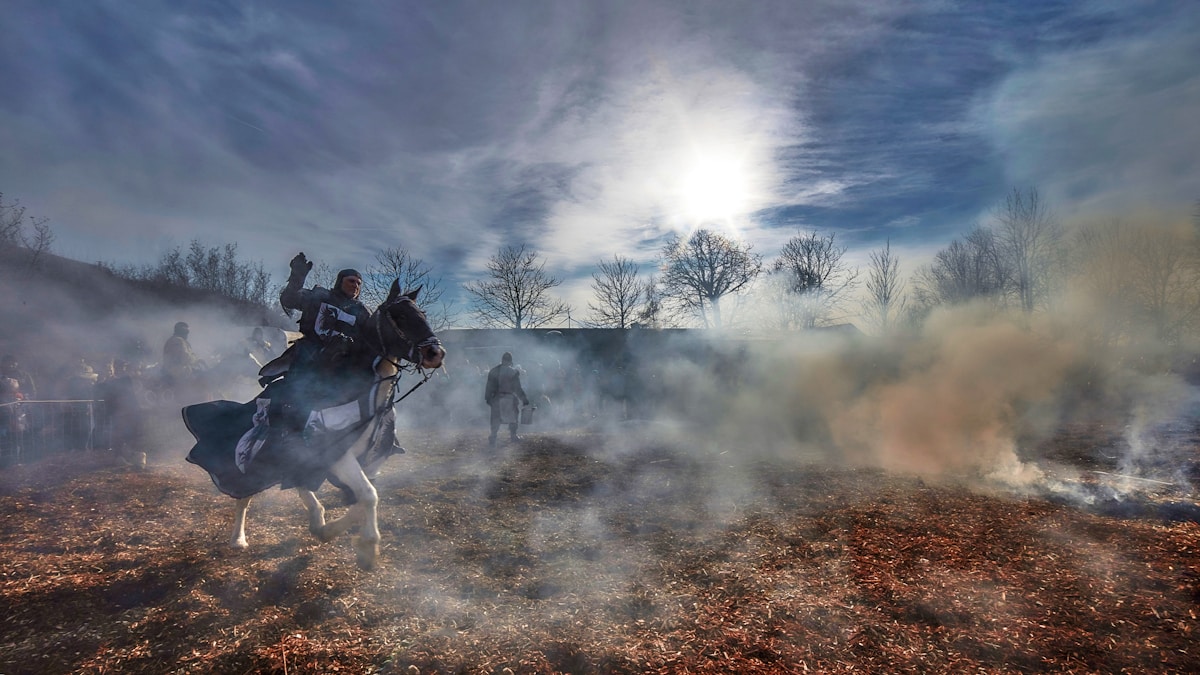
In spite of his efforts, his numbers had dwindled rapidly, and the Cathars saw an opportunity. In the year 1216, Raymond of Toulouse raised an army to retake some of the former Cathar strongholds, and In 1217, he retook Toulouse. Simon de Monfort did not have substantial enough forces to take back the city, and halted the campaign. However, once Pope Honorius III called upon him to resume the crusade, Simon de Monfort besieged Toulouse in the spring of 1218.
After a few months in which neither side was able to make progress, Bretran of Toulouse suggested that the city ought to construct a trebuchet in order to repel the invaders. The cities’ carpenters agreed to the task, and by early June, the construction was complete. The trebuchet easily repelled the crusaders attempt to take the city via a “cat,” (a leather covered mobile shelter). On June 25th, the defenders made a sortie in order to burn the destroyed cat.
During the resulting counter-offensive, Simon de Monfort stopped to aid his brother Guy, who had been hit with a crossbow bolt. Simon was then crushed by a boulder launched by the defenders’ trebuchet, which, legend has it, was operated by women and children. Leadership of the siege fell to Simon’s son Aumary who was unable to break through, and lifted the siege a month later.
The Cathars would continue to reverse the results of the crusade until 1225, when the French monarchy stepped in. The Albigensians stood little chance against the combined power of the local nobility and the royal family, and were quickly defeated.
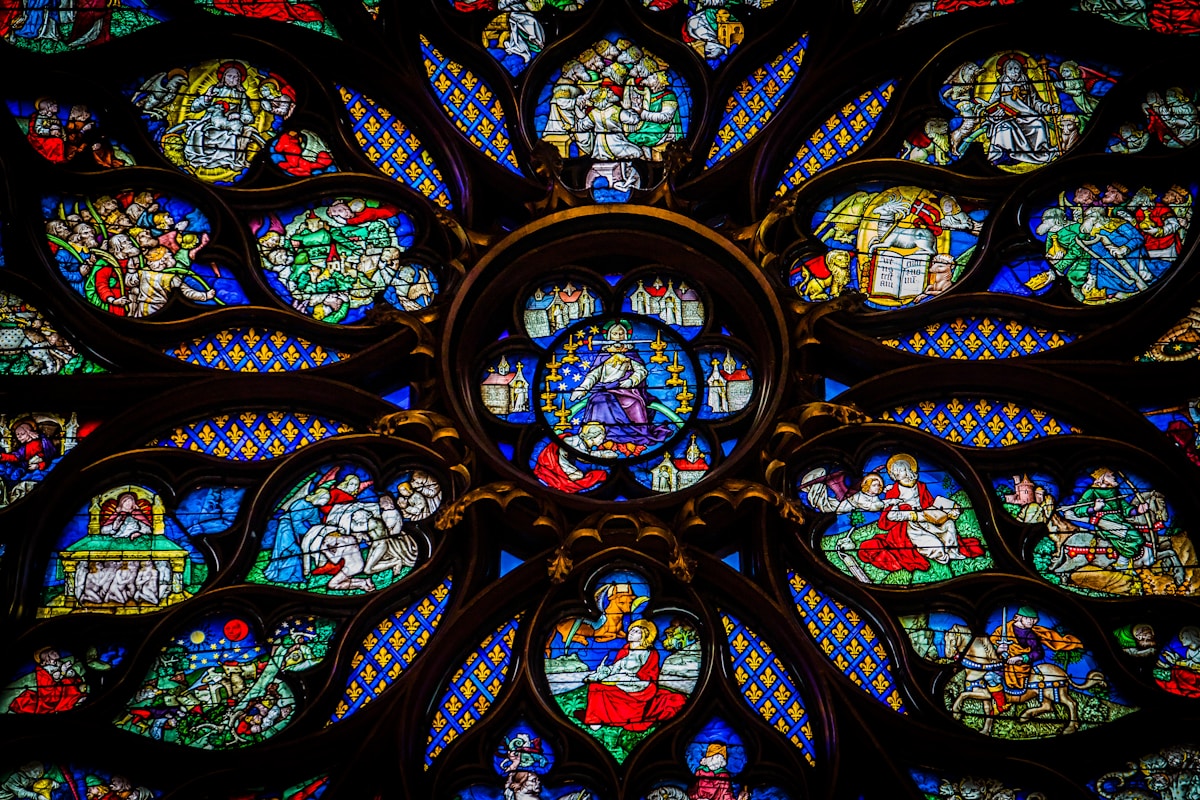
The Albigensian crusade had three major effects. The first was that there were minimal French recruits in the fifth and sixth crusades, a factor that contributed greatly to their failure. The second was the increased power of the French monarchy. The crusade enabled the crown to exert greater influence over feudal rulers in France, to the point that the church became somewhat dependent on French royalty.
This would eventually lead to the Avignon Papacy.
The third and most unfortunate result was the creation of an inquisition in the South of France in order to put down any Catharism that was left. The Inquisition would persecute both any remaining Cathars and multiple other religious groups. This treatment and the massacre at Béziers has led to many historians now referring to the events not as a crusade, but as a religious genocide, and this remains its legacy today.
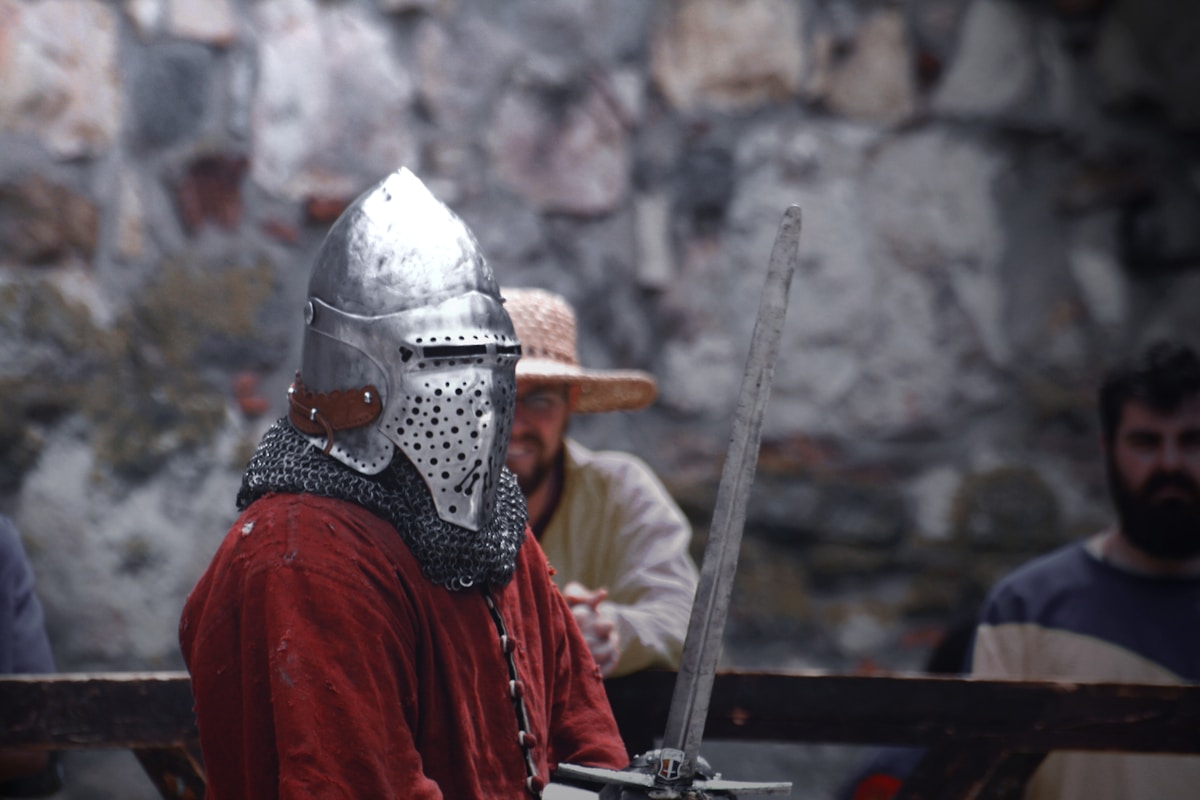
Siege of Beziers and Toulouse Written by Luca Vernheses
